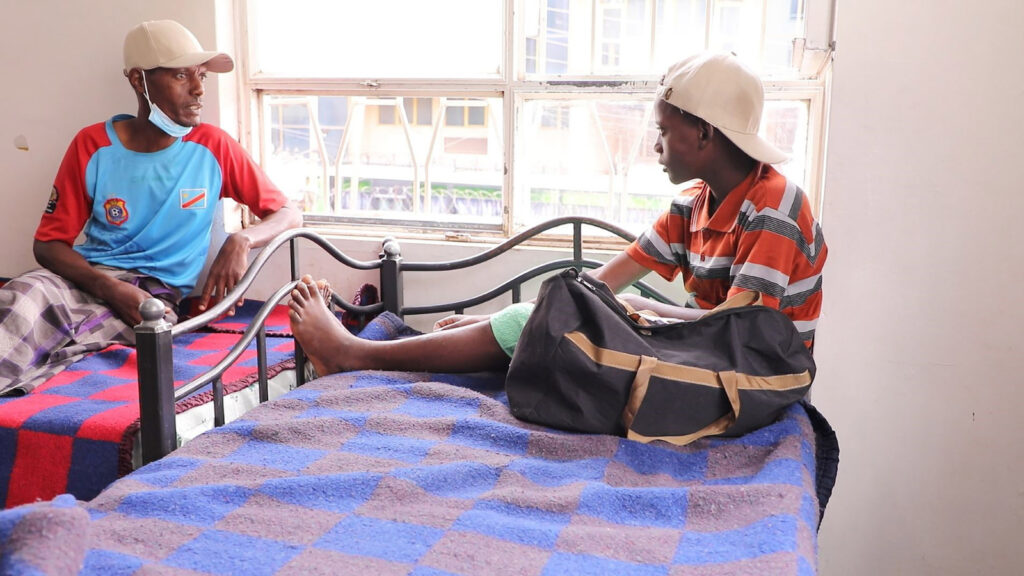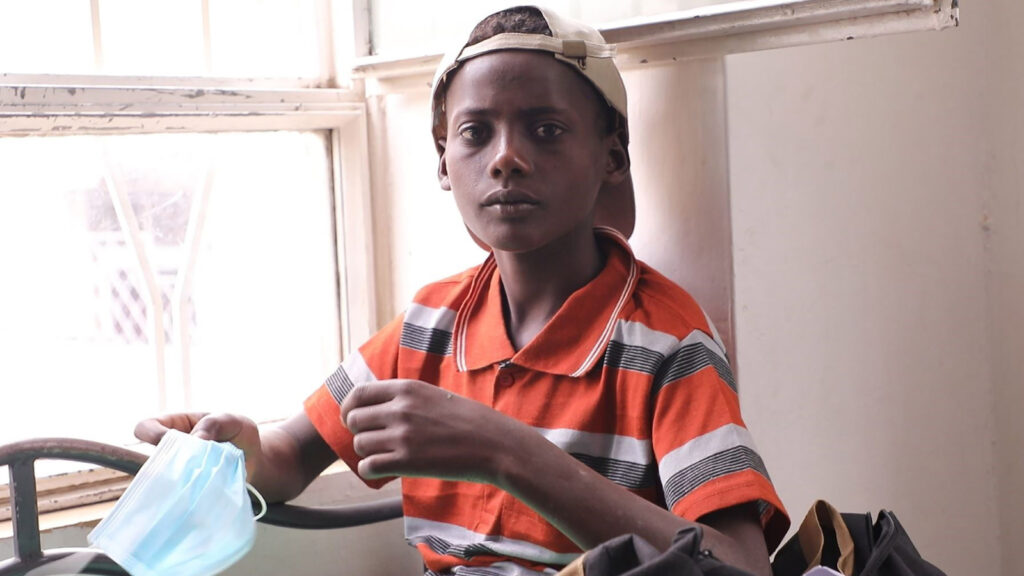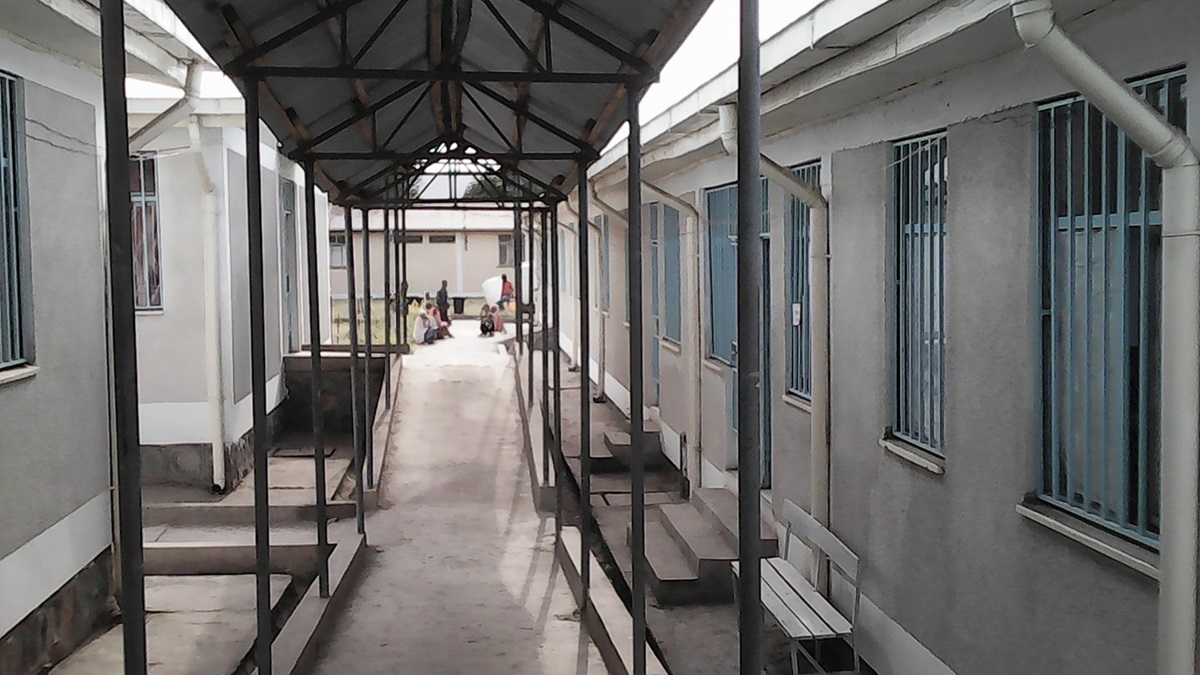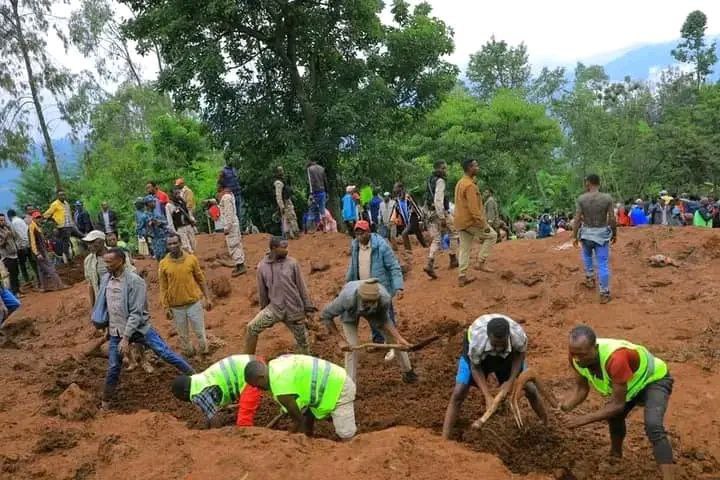Feature: Father Rescues 12-Year-Old Son from Traffickers in Yemen

Addis Abeba – When a smuggler promised 12-year-old Kalifa Rashid a well-paying job as a camel herder abroad, he left his hometown in Jimma in the Oromia Region of Southwestern Ethiopia to traverse a path frequented by migrants traveling to Gulf countries.
“I had noticed over time that some of my classmates were disappearing from school. When I asked where they went, I was told they had left for the Gulf States to find work,” he recalls, recounting how he left home.
“One day, a stranger appeared outside the school gates and began mingling and conversing with us. He told us there were plenty of jobs in Saudi Arabia, and we did not have to pay anything upfront.”
Dreaming of making money, one day Kalifa went straight from school to a meeting spot where an unknown smuggler arranged for a guide to take him to another smuggler. He boarded a bus and after a short ride with other people, resumed his journey on foot.
Despite promises of a short journey that would only take a few days, Kalifa soon discovered that this was not true. He had to trek a long distance on foot across harsh desert in Ethiopia’s Afar Region, before crossing the border into Djibouti where he stayed for weeks languishing in the heat waiting for a boat to take him to Yemen.
“It was a grueling journey with little food and a lot of thirst. It took me a month to get to Yemen, and I still had a long road ahead of me. I was lucky to get a few vehicle rides, but I had to walk with others most of the way,” he says, explaining how he travelled with fellow migrants he met along the way.
Kalifa passed through the hands of many smugglers whom he promised to pay once he found a job. Many migrants who embark on the Eastern Migration Route to the Gulf States do not make it, and Kalifa is grateful he was not kidnapped or held for ransom by traffickers who lurk on this route.
Rashid, Kalifa’s father, was working in the coffee fields when the news of his son’s disappearance reached him. The 40-year-old father of ten survives by growing coffee seedlings and selling them to farmers in Toba town, some 150 km from Jimma city.
“The seedlings I was preparing were almost ready and only a few weeks from being sold. But when I heard that my son had gone away on this perilous route, I had no choice but to abandon everything and go after him.”
Rashid, himself a returning migrant who made the same risky journey 15 years ago, understood what his son would be going through.
“I had to get to him before this mistake cost him his life,” he explains.
He was forced to choose between rescuing his son and risking the entire family’s livelihood.
“That was a difficult choice, but I could not save a tree while my son was in danger. I had to go after him and save him from imminent death,” he says.
Rashid had to give up one of his two oxen to make the voyage to Yemen.
“I sold it for 35,000 birr (USD 650) and used the proceeds to pursue my son. I hitched a ride on trucks for most of my journey to catch up to him. I thought the money would be enough. But I ran out of cash and needed to have an additional 10,000 birr (USD 230) sent to me to take trucks in Yemen to reach him.”
He says he saw the bodies of migrants and others suffering from gunshot wounds on his journey in Yemen. After weeks on the road, Rashid finally found his son on the way to the Kingdom of Saudi Arabia (KSA). The road Kalifa was found on is plagued by traffickers who kidnap, imprison and torture migrants for hefty ransoms.
“As my chances of catching up to Kalifa were dwindling with each passing day, I was overjoyed when I finally found him. He was parched, and hungry. I couldn’t believe it when I saw him,” Rashid says.

Despite happily reuniting, they were unable to immediately return home as they could not find safe transportation and had run out of money. “I was once again faced with the difficult decision of finding a menial job to pay for our trip back home and to make up for what I had lost, or seeking whatever means available to make it back.”
Rashid says he remembered the journey he took to KSA 15 years ago, when he worked there for a few months. He saved just enough to help him replace the grass roof on his house with new corrugated metal sheets.
“But I did not want to take that path again since I heard the route between the Yemen and KSA had become more violent.”
At that point they came upon the International Organization for Migration (IOM), which aids migrants stranded in Yemen to return home. They were some of the hundreds of returnees who made it back to Ethiopia on a Voluntary Humanitarian Return (VHR) flight last month. In the past year, IOM has assisted approximately 5,700 Ethiopian migrants to return home from Yemen on VHR flights.

“I am relieved that I returned home with my son alive,” says Rashid, speaking from IOM’s Transit Centre in Addis Ababa. “Now we must return home, and I must begin again, while he must return to school. After seeing the suffering, I hope he has learned his lesson and will concentrate on his studies. If he refuses to attend school, he could assist me in the field. It is his decision.”

Kalifa says after experiencing such adversity, he will not attempt this route again and will tell his peers at school about the hazards connected with such a decision.
Editor’s note: The above story was first published by the storyteller at IOM.








